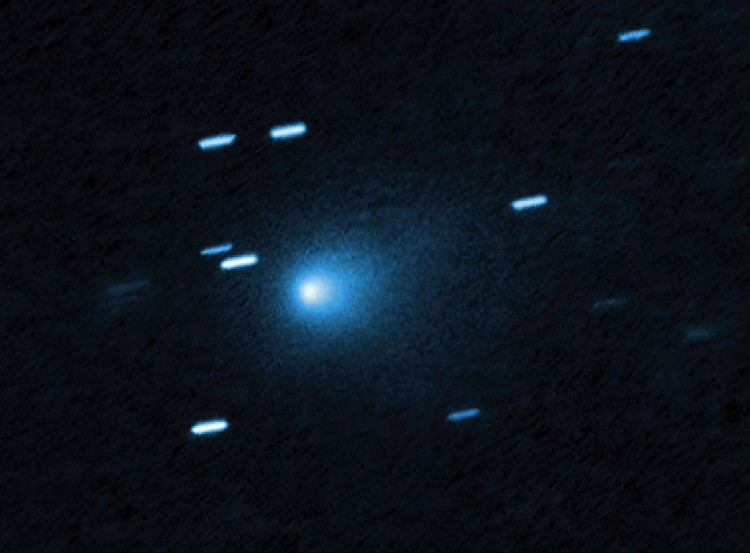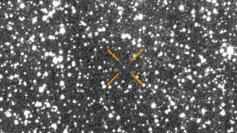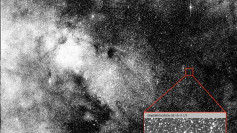The European Space Agency has released the closest-ever spacecraft images of interstellar comet 3I/ATLAS, marking a major step in planetary-defense tracking and giving astronomers an unprecedented second vantage point from the orbit of Mars. The hyperbolic comet-only the third confirmed interstellar object after 1I/'Oumuamua and 2I/Borisov-has been under global observation since its discovery on July 1, 2025, but the ESA's Mars-based measurement campaign has sharply improved estimates of its trajectory and physical behavior.
The ExoMars Trace Gas Orbiter, normally used to study the Martian atmosphere, redirected its CaSSIS camera system between October 1 and 7, 2025, to track the fast-moving object from roughly 400 kilometers above the Martian surface. The spacecraft achieved its closest observational point on October 3, at a distance of about 29 million kilometers-far closer than any Earth-based instrument could view during the same period. The ESA said this multi-day observation increased positional precision "by an impressive factor of ten" compared with previous Earth-based measurements.
Images released October 7 show what ESA scientists described as a white, slightly blurred point descending against a dense field of stars, representing the comet's core and surrounding coma. While the nucleus-believed from July Hubble observations to be between 0.44 and 5.6 kilometers wide-remains far too small to resolve at tens of millions of kilometers, the agency noted that CaSSIS successfully captured the coma stretching thousands of kilometers from the center.
The ESA emphasized that the results mark the first time astrometric measurements from a spacecraft orbiting another planet have been submitted to and accepted by the Minor Planet Center, the global authority for cataloguing asteroid and comet observations. By providing a second observational angle from Mars, the data drastically reduced uncertainties surrounding the comet's course across the inner solar system.
The timing of the observation has amplified interest. 3I/ATLAS reached perihelion on October 29, traveling at an estimated 246,000 kilometers per hour. Though the comet poses no threat to Earth, the Mars-orbiter campaign served as a real-world planetary defense simulation for tracking objects on high-speed inbound trajectories. ESA officials said the TGO demonstration confirms that existing spacecraft can be repurposed to detect and triangulate hazardous objects long before they approach Earth.
The agency is continuing its pursuit using a second spacecraft, the Jupiter Icy Moons Explorer (JUICE), which will attempt follow-up imaging during February 2026 as the comet passes within 53.44 million kilometers of Jupiter the following month. The dual-spacecraft tracking effort reflects the scientific value of observing an interstellar object as it interacts with the solar wind, sublimates volatile material, and sheds mass during its rapid passage through the planetary system.
NASA data indicate that 3I/ATLAS will reach its closest point to Earth-1.8 astronomical units, or roughly 270 million kilometers-on December 19, 2025. The comet will not be visible to the naked eye, but specialists expect this window to provide the clearest opportunity to measure the features that distinguish it from typical long-period comets.
Researchers hope that coordinated observations from orbiting telescopes and ground arrays will reveal more about the comet's origin and chemistry. With only two previous interstellar objects ever detected, the scientific community views 3I/ATLAS as a rare probe of materials formed around distant stars and shaped by environments beyond the solar system.



